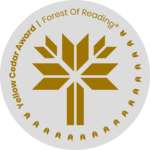
2024 Yellow Cedar Award Nominees
Grades 5-8, non-fiction

Animal Eyes: How Creatures See and How Their Eyes Have Adapted to Their World
Written by Françoise Vulpé
Published by Firefly Books
Imagine being able to see in ultraviolet wavelengths, locating your next meal in near darkness, or being able to rotate your eyes independently so you can see nearly everything around you without moving your head. These are just a few examples of the incredible adaptations animals’ eyes have made to help them survive and thrive in their habitats.
Animal Eyes introduces young readers to the wonderful, wide-ranging and sometimes downright weird eyes that make up the animal kingdom. The book starts with a crash course in how eyes and vision work — covering everything from the biology of eyes to the physics of light to the features that protect eyes and keep them clean. Following this is a survey of 40 of the world’s most interesting animal eyes, replete with gorgeous full-bleed and inset photos and detailed captions.
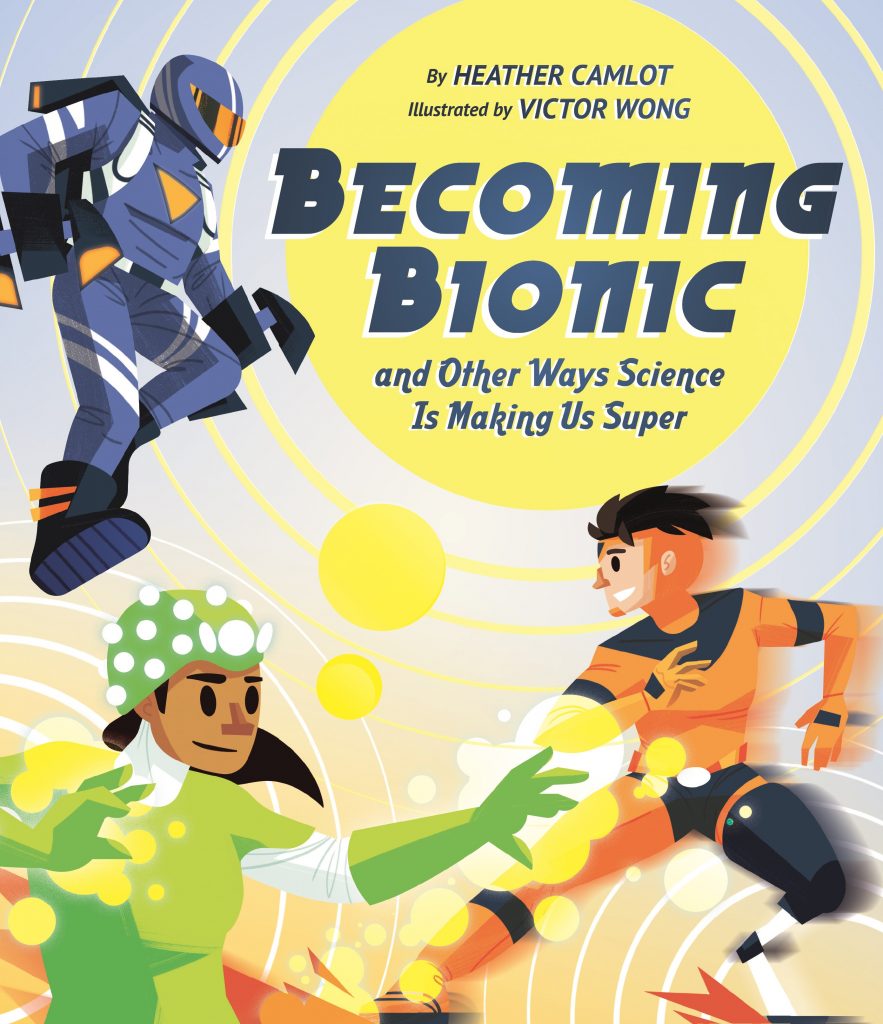
Becoming Bionic and Other Ways Science is Making Us Super
Written by Heather Camlot
Illustrated by Victor Wong
Published by Owlkids Books
Take a tour of the science of superpowers and see how science fiction is becoming science fact!
If you could have any superpower, what would it be? Fly like Shazam? Turn invisible like Violet Parr? Or maybe have the super strength of the Hulk? Believe it or not, many of the extraordinary abilities we see in comics and movies are already a reality—or could become one soon!
This middle-grade nonfiction book uses superheroes to explore how science is transforming our bodies and our experiences. Engaging text, detailed timelines, and intricate diagrams break down how superhero traits have been reflected in technological innovations throughout history, and how they could appear in the future. Jetpacks and rocket belts can help us fly like Superman. Prosthetic limbs and lab-grown human tissue mirror the regenerative powers of Wolverine and Ms. Marvel. But readers are also invited to think critically about these incredible, and sometimes controversial, advancements—after all, with great power comes great responsibility!
A fresh and timely take on innovation, Becoming Bionic and Other Ways Science Is Making Us Super blends pop culture, history, and STEM for a fun, engaging, and thought-provoking look at the science of superpowers.

The Honour Song - Kepmite'taqney Ktapekiaqn - Le chant d'honneur
Written by George Paul
Illustrated by Loretta Gould
Published by Bouton d’or Acadie
At many official events or spiritual Ceremonies among First Nations across the country, a song is sung by the participants. This song was born in the heart and mind of George Paul, a Mi’kmaw from Metepenagiag, after an arduous journey. This illustrated album tells the story of the birth of this song and its importance to First Nations.
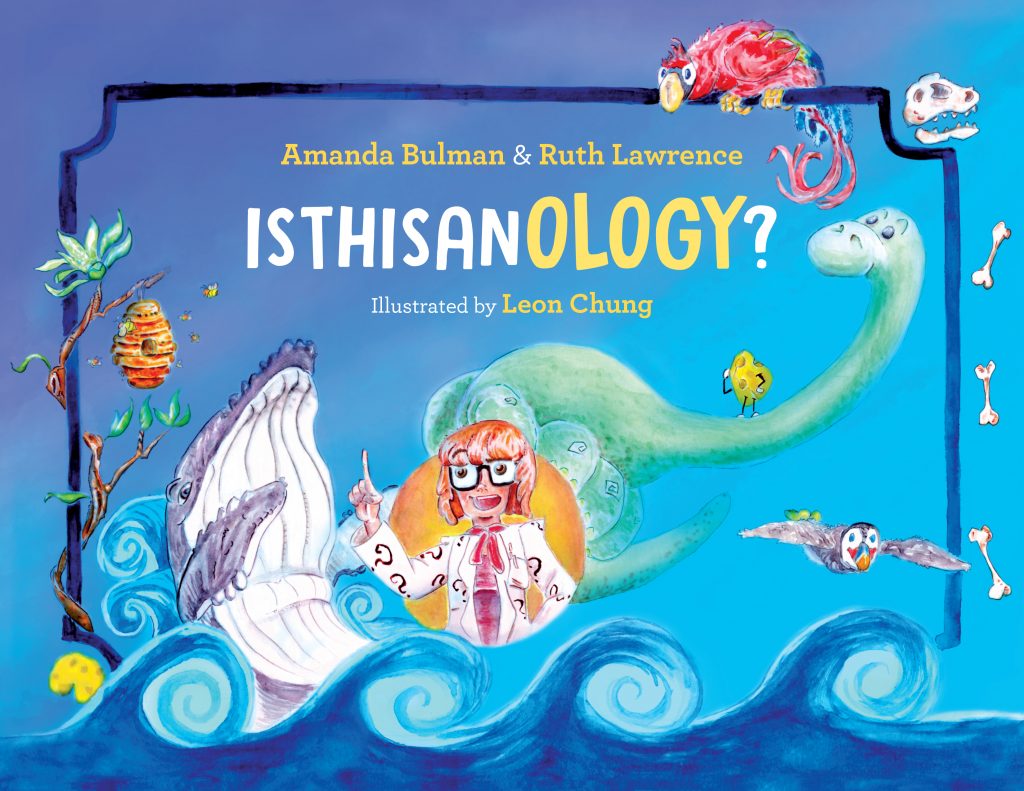
IsThisAnOlogy?
Written by Amanda Dorothy Jean Bulman and
Ruth Lawrence, Illustrated by Leon Chung
Published by Breakwater Books Ltd.
IsThisAnOlogy? is a journey of discovery! Andie interviews different “ologists” and learns all about different types of science.
IsThisAnOlogy? explores big jobs, big science, and the biggest questions. Learn about fossils, bird migration, beekeeping, the science behind making food delicious, and the chemistry involved in cheese making… IsThisAnOlogy? features illustrations, interviews, comics, photographs, charts, recipes, and experiments you can try at home. Science can be a fun hands-on activity!
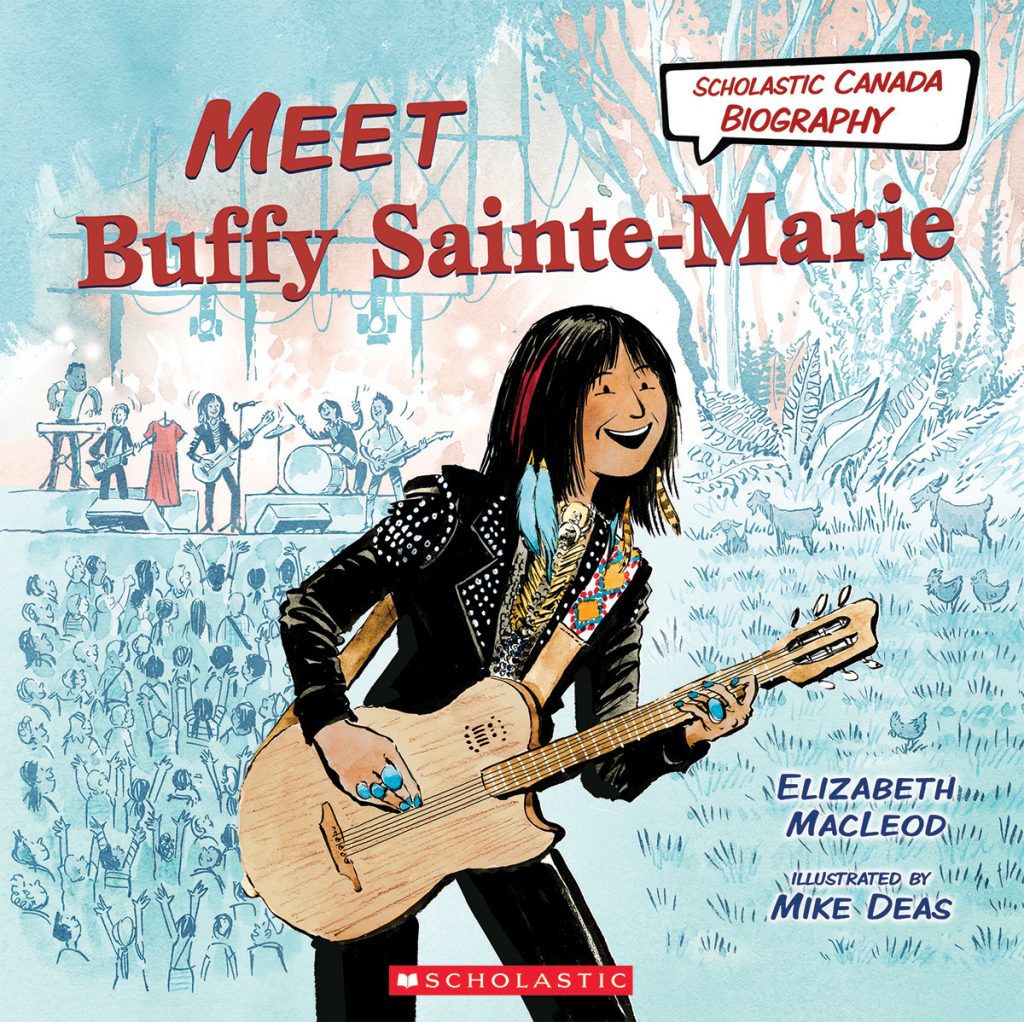
Meet Buffy Sainte-Marie
Written by Elizabeth MacLeod
Illustrated by Mike Deas
Published by Scholastic Canada Ltd.
As a musician, Buffy’s songs have inspired three generations of fans, garnering international acclaim and many awards. She’s a peace activist, an advocate for Indigenous-focused education, and a tireless supporter of Indigenous rights.
Buffy Sainte-Marie is not exactly sure where or when she was born, but it was likely the Piapot Reserve in the Qu’Appelle Valley, Saskatchewan. As a baby, she was adopted out to a white family in the United States. But nothing would stop Buffy from connecting to her roots and sharing the power and the beauty of her heritage with the world.
After an incredible career lasting more than 60 years, Buffy’s music and message are as uplifting and important today as they ever were. Now is the right time to introduce young readers to this fascinating change-maker, with this accessible, engaging book.
OLA Board of Directors Statement on Meet Buffy Sainte-Marie
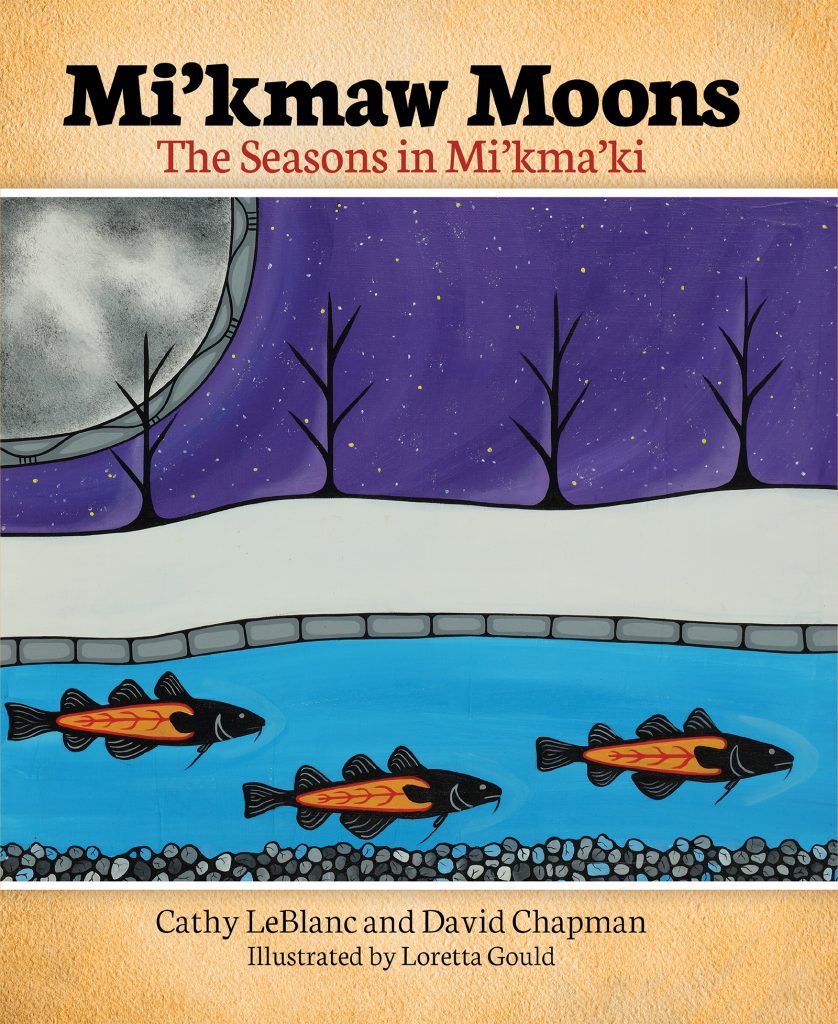
Mi'kmaw Moons: The Seasons in Mi'kma'ki
Written by Cathy LeBlanc and David Chapman
Illustrated by Loretta Gould
Published by Formac Publishing Company Limited
For thousands of years, the Mi’kmaq have been closely observing the natural world and the cycles of the moon and the stars to track the passage of time. Each full moon in an annual cycle was named by the Mi’kmaq to relate to a seasonal event, such as tomcod spawning, birds laying eggs or berry ripening.
For the past decade, Mi’kmaw Elders and Knowledge Keepers have shared stories of the traditional night sky calendar with authors Cathy LeBlanc and David Chapman. In this book, Cathy relays this knowledge in stories told to her young relation Holly.
Each moon’s story is richly illustrated with an evocative colour painting created for this book by the noted Mi’kmaw artist Loretta Gould.
Alongside this presentation of the Mi’kmaw time-keeping traditions, this book offers a brief history of the modern Western calendar, and some basic astronomy facts about the moon’s phases and why the seasons change.
This two-eyed seeing approach takes young readers on a journey through one full year in Mi’kma’ki.
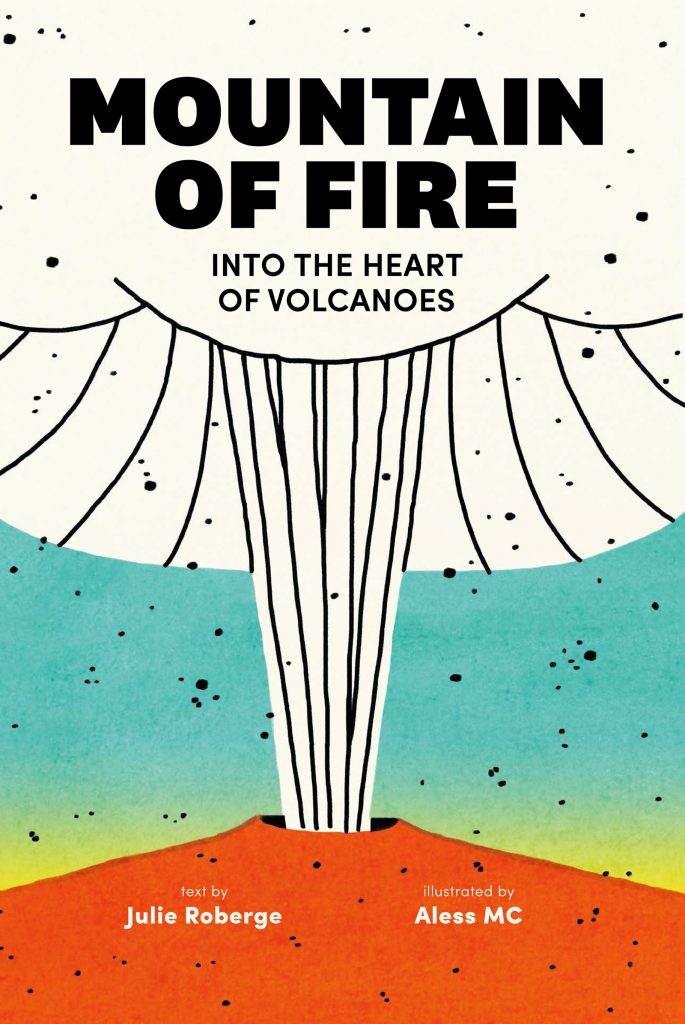
Mountain of Fire: Into the Heart of Volcanoes
Written by Julie Roberge
Illustrated by Aless MC
Published by Orca Book Publishers
Take a trip around the world (and beyond) to discover the science, myths and stories behind iconic volcanoes.
Krakatoa. Kilimanjaro. Vesuvius. The destructive power of volcanoes has claimed more than 250,000 lives since the beginning of civilization. Whether as objects of worship or of terror, they have shaped our world and fed the human imagination. And they can be found just about everywhere, from ancient Pompeii to the geysers of Yellowstone to the bottom of the Pacific Ocean and the surface of Jupiter. Teaming up with award-winning illustrator Aless MC, volcanologist Julie Roberge takes us on a journey to the heart of the earth to discover the most famous of these geological monsters.
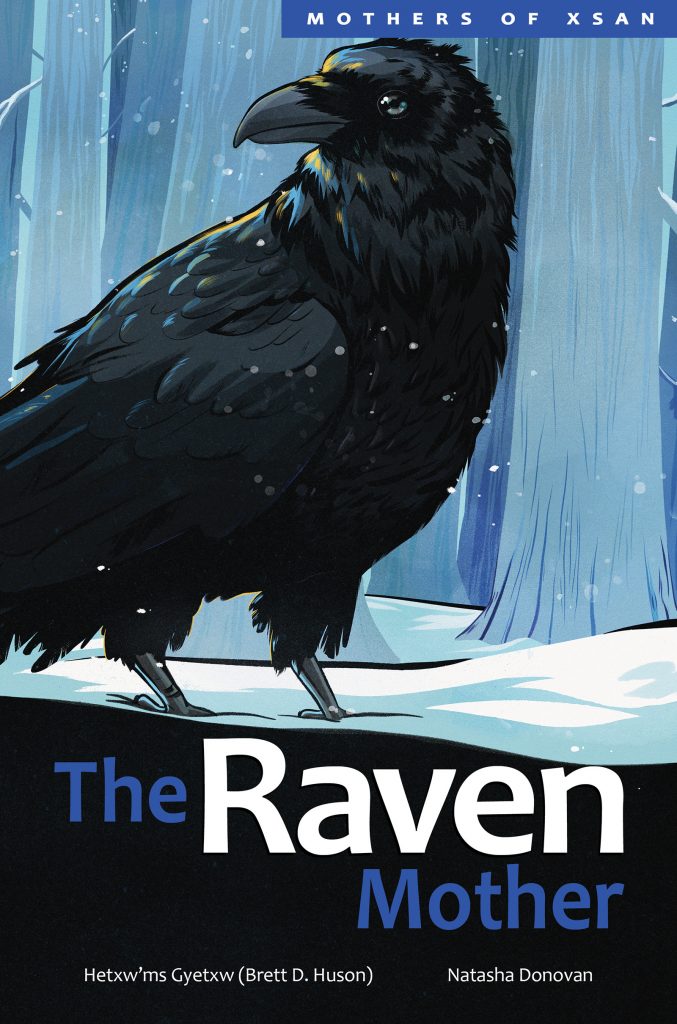
The Raven Mother
Written by Hetxw’ms Gyetxw (Brett D. Huson)
Illustrated by Natasha Donovan
Published by HighWater Press
Hoarders. Scavengers. Clever foragers. Bringers of new life.
Ravens have many roles, both for the land and in Gitxsan’s story and song. The sixth book in Hetxw’ms Gyetxw (Brett D. Huson)’s Mothers of Xsan series transports young readers to Northwestern British Columbia, where they will learn about the traditions of the Gitxsan, the lives of ravens, and why these acrobatic flyers are so important to their ecosystem.
Follow along as Nox Gaak, the raven mother, teaches her chicks what they need to survive with the help of her flock.
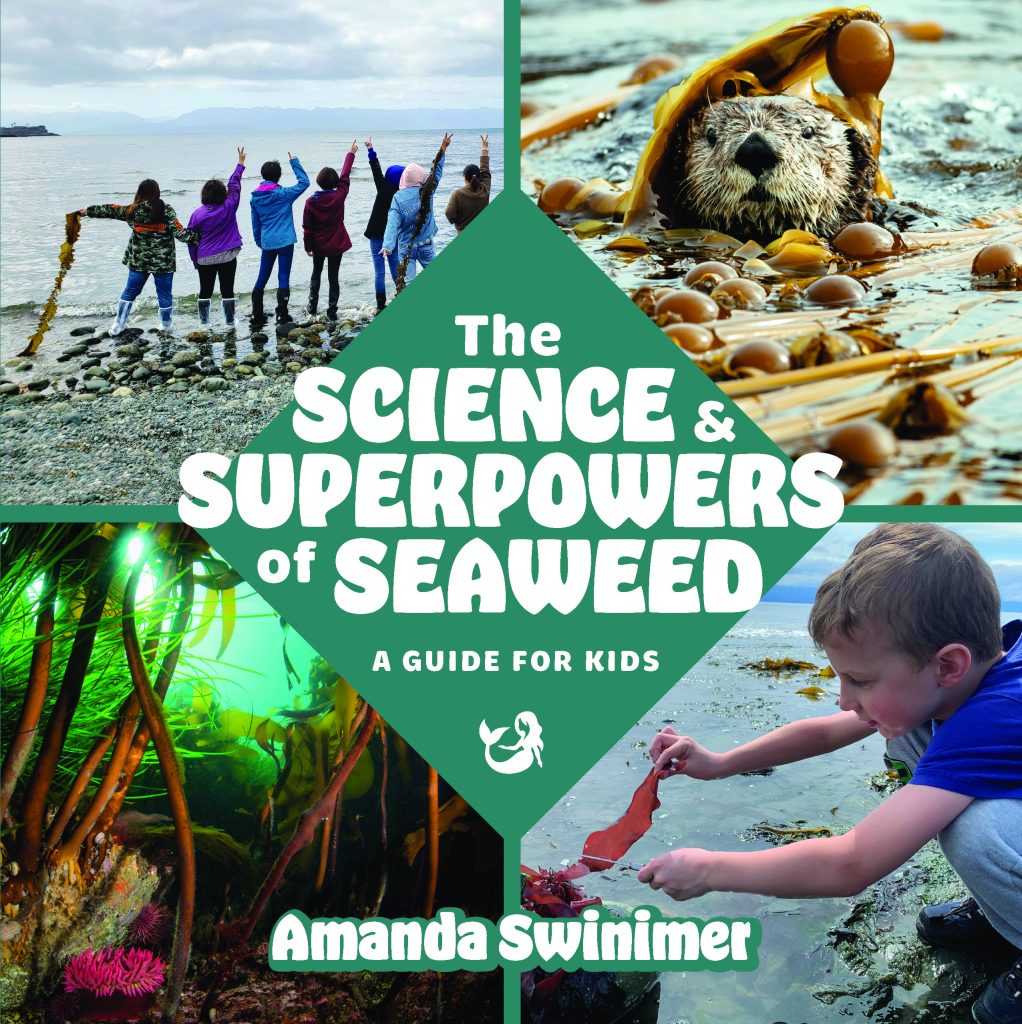
The Science & Superpowers of Seaweed
Written by Amanda Swinimer
Published by Harbour Publishing
Young readers will be delighted to learn about the wonderful, watery world of seaweed, where emerald-green kelp forests grow as tall as trees and rainbow seaweeds shimmer like gemstones in the sunlight. Seaweed can be fun too, providing tasty snacks like nori crisps and cool things to do: hunt for dead man’s fingers to squeeze like a squirt gun, have a popping contest with rockweed or make seaweed art. Seaweeds are also critical to the health of the planet—they produce most of the oxygen we need to breathe, help to keep the earth cool and provide habitat for sea creatures. And they’re full of healthy vitamins and have more minerals than any other food!
This colourful, activity-packed book explores the science of seaweed while showing how to sustainably harvest and use it, and providing many fun facts about marine plants and animals. It is a unique field guide, featuring seaweeds from both the Atlantic and Pacific oceans and showcasing the beautiful and vital ecosystems of the coasts, and is sure to inspire curious beachcombers of all ages.

Why Humans Build Up: The Rise of Towers, Temples and Skyscrapers
Written by Gregor Craigie
Illustrated by Kathleen Fu
Published by Orca Book Publishers
People have been constructing tall buildings for thousands of years, for many different reasons. Castle walls kept people safe. Utility towers transmit TV and cell phone signals. Observatories give people a bird’s-eye view of the world. Beautiful buildings stand out in the crowd. Skyscrapers provide housing for a lot of people. There are some good reasons for building up, and a few bad ones as well.
With a growing global population, we will need more and more space to live, learn and work in. But what does that mean for the health of the planet? Can we do it sustainably? Tall buildings may be part of the answer. From the Great Pyramids of Giza and the Leaning Tower of Pisa to the Burj Khalifa and the Shanghai Tower, Why Humans Build Up asks why and how we build higher and higher, and what that means for the planet.






